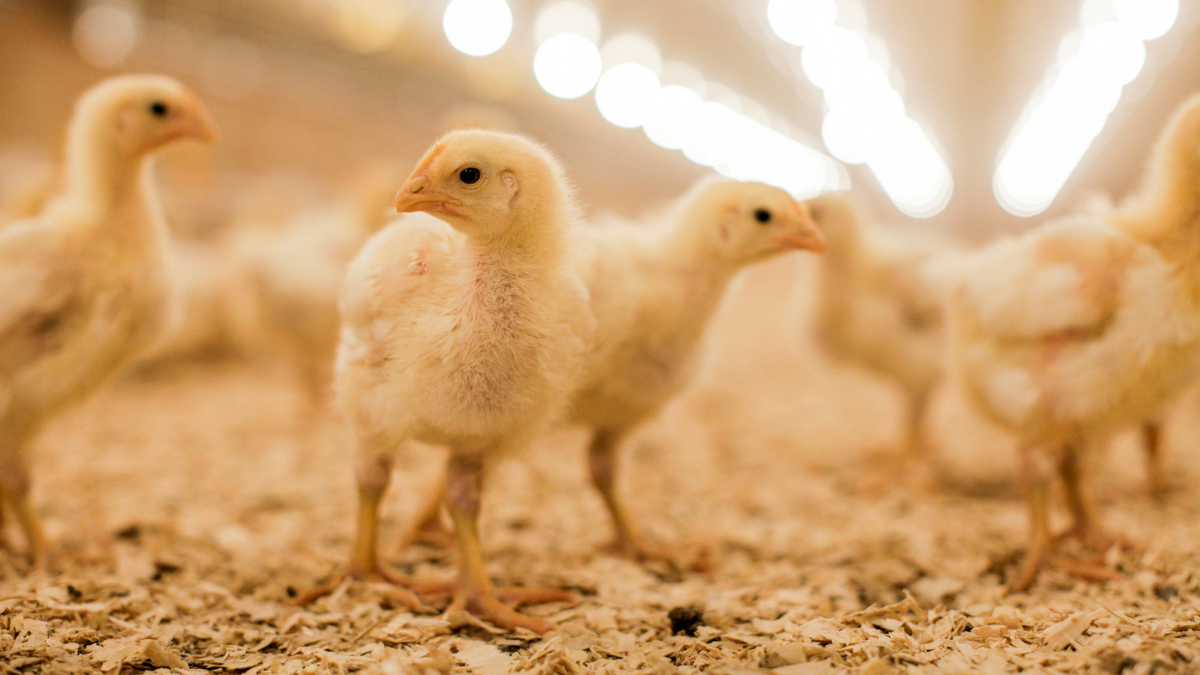Tall fescue: A grassland quandary for beef cattle
Tall fescue (Lolium arundinaceum) is a cool season, perennial bunch grass native to Europe. Since its introduction in the early 1800s, it has spread widely throughout the southeastern and lower midwestern United States. Due in large part to its tolerance for heat and low-quality soils, and its adaptability to a wide range of conditions, tall fescue is now grown on more than 37 million acres of land in the U.S. (Thompson et al., 1993), and it is estimated that more than half of these fields are infected with the fungal endophyte Epichloë coenophiala (Jones et al., 2004). This endophyte provides positive characteristics to the plant, but the secondary metabolites (ergot alkaloids) produced by the endophyte have negative consequences to animals grazing on infected fescue.
The positives and negatives of fescue utilization
|
Positives |
Negatives |
|
Drought and heat tolerance Deters insects Disease resistance Increased biomass |
Reduced weight gain Intolerance to heat Reduced milk production Lower reproductive efficiency |
Symptoms of tall fescue toxicosis in cattle
The pathology of cattle consuming infected tall fescue can vary greatly depending on the weather and alkaloid concentration. The signs most readily apparent to producers include reduced feed intake (up to 50 percent) and weight gain, decreased milk production, reduced reproductive efficiency, tissue necrosis and a rough hair coat. Collectively, this range of conditions is known as “fescue toxicosis.” The decrease in productivity caused by fescue toxicosis has been estimated to cost U.S. beef producers more than $2 billion per year due to reduced growth, diminished reproductive efficiency and market discrimination because of unthrifty appearance (Kallenboch, 2015).

Consumption of the ergot alkaloids in endophyte-infected tall fescue results in widespread vasoconstriction in cattle. This reduces the ability of the animal to dissipate heat, resulting in a variety of physiological symptoms, including increased respiration rate and elevated core temperature. This reduction in tolerance to heat leads to less time spent grazing and reduced weight gains, generally called “summer slump.” In colder months, the vasoconstriction from fescue can combine with natural vasoconstriction related to thermoregulation, resulting in tissue death in extremities such as ear tips, tails and feet, commonly known as “fescue foot.”
The vasoconstriction also reduces blood flow to the rumen, decreasing volatile fatty acidy (VFA) absorption. Consumption of ergot alkaloids also reduces passage rates of digesta from the rumen, likely by reducing rumen motility. These alterations work together to reduce nutrient availability, contributing to the reduced growth rate frequently observed in cattle grazing fescue.
Don't let fescue toxicity affect your herd's profitability
As much as 75 percent of the economic losses attributed to infected tall fescue are related to decreased calving rates. It is estimated that tall fescue consumption has averaged a loss of $160 per cow annually since 2005 (Kallenboch, 2015). Several of the ergot alkaloids have structural similarities to dopamine and act as dopamine agonists, reducing prolactin secretion from the pituitary gland. This translates to reduced mammary development and lower milk production. Alkaloid consumption also alters several other hormones important to reproductive efficiency, including progesterone and estradiol. When combined with vasoconstriction to the uterus and ovaries, this exacerbates heat-related reductions in reproductive efficiency seen in cattle grazing fescue during summer months.
I would like more information on fescue and Alltech solutions for beef cattle.

<script charset="utf-8" type="text/javascript" src="//js.hsforms.net/forms/v2-legacy.js"></script>
<![endif]--><script charset="utf-8" type="text/javascript" src="//js.hsforms.net/forms/v2.js"></script><script>
hbspt.forms.create({
portalId: '745395',
formId: 'e4b8cd32-e447-42d0-8665-673f8d56b8fe'
});
</script>
The decrease in productivity caused by fescue toxicosis has been estimated to cost U.S. beef producers more than $2 billion per year due to reduced growth, diminished reproductive efficiency and market discrimination because of unthrifty appearance (Kallenboch, 2015).
























